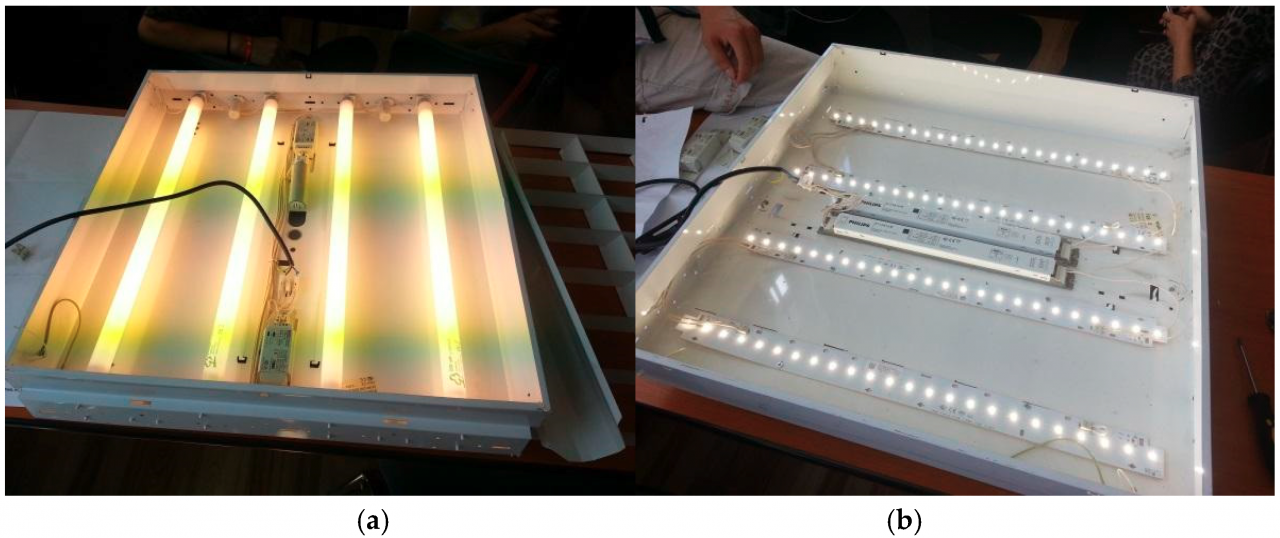
You know it’s a hot topic when the Wall Street Journal is writing about it. A few weeks ago, the WSJ wrote about a LED manufacturer’s product qualifying for utility rebates through the DesignLights Consortium (DLC). So what makes this so newsworthy? With the prices of LED luminaires already decreasing over the years, the opportunity for end-users to receive utility rebates for upgrading to energy efficient LEDs really helps shorten the ROI and drive more adoption of this technology. Essentially, utility rebates are lowering the upfront cost of new energy efficient lighting.
What is the DLC?
For those of you not aware, the DLC is collaborative effort between utility companies and regional energy efficiency organizations, to help buyers implement improved design practices in all areas of the commercial lighting market. According to their website, “the DLC promotes quality, performance and energy efficient commercial sector lighting solutions through collaboration among its federal, regional, state, utility and energy efficiency program members; luminaire manufacturers; lighting designers and other industry stakeholders throughout the US and Canada.”
Throughout its 17-year history, the DLC program has driven the lighting market towards innovation by providing information, education, tools and technical expertise for cutting-edge technologies. Since 2010, the DLC has administered the Qualified Products List (QPL), a leading resource that distinguishes quality, high efficiency LED products for the commercial sector. Today, the QPL sets the bar for efficiency program incentives across the US and into Canada while informing manufacturer product development.
Utility Rebate Programs
Utilities offer two types of rebate programs: prescriptive and custom. Prescriptive rebates provide a set amount for each fixture replaced. The dollar value of custom rebates is based on the total energy savings of a specific project.
In a report by Groom Energy and GTM Research, Enterprise LED 2012: Commercial and Industrial Market Trends, Opportunities and Leading Companies, utilities across the country show limited prescriptive rebate support for LED lighting. However, as the LED market matures, utilities will aggressively start moving. Additionally, this report states, “When satisfied that savings can be successfully achieved, utility program managers will typically authorize custom rebate amounts of up to 50 percent of the entire cost of the project, as opposed to a prescriptive rebate for each fixture.” And some of this is already occurring at a rapid pace. For example, New York is second only to California in dollars spent by utilities in energy efficiency rebate incentive programs. According to an article in Green Tech Efficiency, in 2008, there was approximately $3.1 billion available in total US rebate dollars, with the money concentrated in 10 states. The figures are expected to more than double in the coming years, with $7.4 billion to $12.4 billion available by 2020.
California, New York, Florida and Massachusetts have some of the most robust energy efficiency programs, but others, according to the Consortium for Energy Efficiency, like Pennsylvania, Illinois, Arizona and Ohio, have started building new programs entirely, North Carolina and Michigan are also increasing spending, according to the Lawrence Berkeley National Laboratory.
MORE on LED REBATES
The most accurate resource for energy rebates and incentives is the Database of State Incentives for Renewables and Efficiency, which is available online here. It details a comprehensive list of rebates and programs by federal, state and utility companies to help buyers determine whether projects qualify for rebates and incentives. It’s also a dependable resource for energy professionals and lighting distributors to use as a cross check against the DLC lighting lists.
Do Your Homework
Typically, when retrofitting with LEDs or choosing to install LED luminaires in new construction, the facility manager or building owner will hang a number of lights from different manufacturers for comparison. While this is an important part of the lighting selection process, reviewing the DLC’s Qualified Products List and the Database of State Incentives for Renewables and Efficiency streamlines fixture choices and aids in making the best decision.
